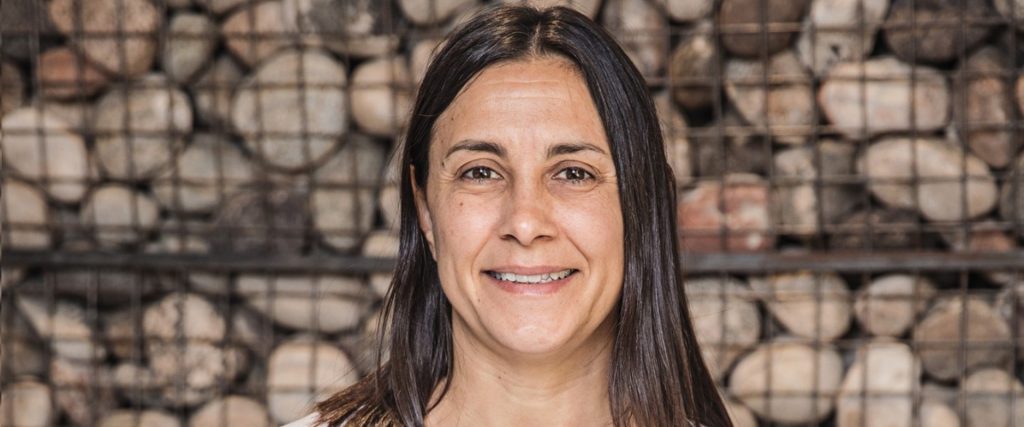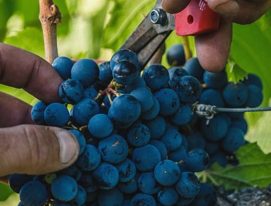Andrea Ferreyra is the Head Oenologist at La Celia, a winery that has won international recognition for the quality of their wines. Created in 1890, it was named after the daughter of the founder, Eugenio Bustos. One of the winegrowers who pioneered Malbec, the story goes that the visionary Bustos swapped his best horse for Malbec vines from France and so became the owner of one of the first Malbec vineyards in the Uco Valley.
Andrea Ferreyra has plenty of experience under her belt: 18 years in the industry that have helped her to develop a comprehensive, sophisticated vision of the business in all its facets. Following a difficult harvest that ended up producing excellent quality grapes, she reflects on her work at La Celia, the role of women in the industry and the importance of new Geographic Indications.
Interview with Andrea Ferreyra
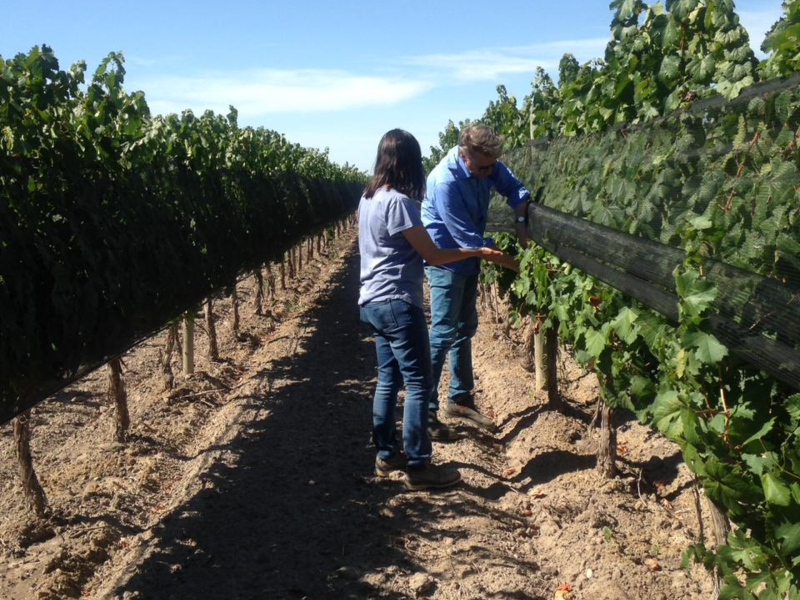
What are Argentine wine’s opportunities across the world?
Little by little, our different regions are being studied and differentiated, with areas we’d never conceived of twenty years ago being explored, like the Atlantic or projects like Otronia in the far south of Patagonia, or El Hoyo in El Bolsón. That means that when we head out into the world, we’re no longer just “Argentina and Malbec”: we’re much more than that. That’s where I think that Argentina has an opportunity to promote and market itself. We have an identity based in Malbec that helped us to position ourselves in the market but now we need to show more. Although the new regions aren’t going to move the needle much in quantitative or export terms, they bring identity to places and producers. When I came to work here, there were 9000 hectares across the valley. Now there are almost 25,000, 26,000. It’s a huge opportunity.
What are the current challenges?
To maintain what we have achieved and built as a viticultural producer and try to preserve our quality and sales levels. The industry generates a lot of work directly and indirectly. This year and the next will require patience, we need to ride out the storm and earn some breathing room.
What is La Celia’s strategy for continuing Argentine wine’s growth overseas?
Our portfolio is made with our own grapes, which helps us to keep our costs below market rates at least. Owning your own wineries is a very good strategy. Another is to keep your quality consistent. High end wines are always going to reflect the conditions of the year in question and other variables. That’s also a survival strategy.
As regards the terroirs of Paraje Altamira and La Consulta, where La Celia has vineyards, what are their distinctive characteristics?
Altamira has a major influence on the wines. I like to highlight the refinement it brings. It produces elegant, distinctive wines that don’t need dressing up. It’s a very straightforward area but it keeps on surprising me. And it has the virtue of getting better and better every year.
Wines from La Consulta embody much of the history of the Valley. I believe that it produces floral and herbal aromas, wines with greater body and density and also excellent length. The potent, reactive tannins make themselves felt. Some years it gives us wines with mountain aromas; very herbal, especially the cooler ones.
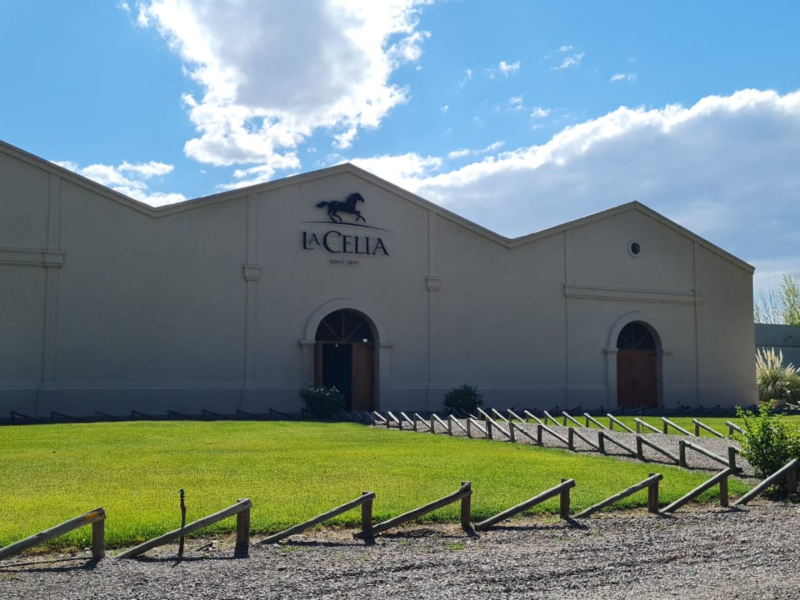
We’re witnessing an expansion of the map of Geographic Indications What advantages do they offer for Argentine wine overseas?
A cultural contribution. Greater range means we have more options. As a consumer I’m interested in trying wines from different places so I have something to choose from. The difference is that I’ll be judging wine on geographical terms, not by the grape variety. That’s the good thing about concentrating on regions rather than grapes. Aficionado consumers who like to know about the wine they’re drinking appreciate that and encourage oenologists to keep trying harder because those self-same consumers are getting more and more demanding.
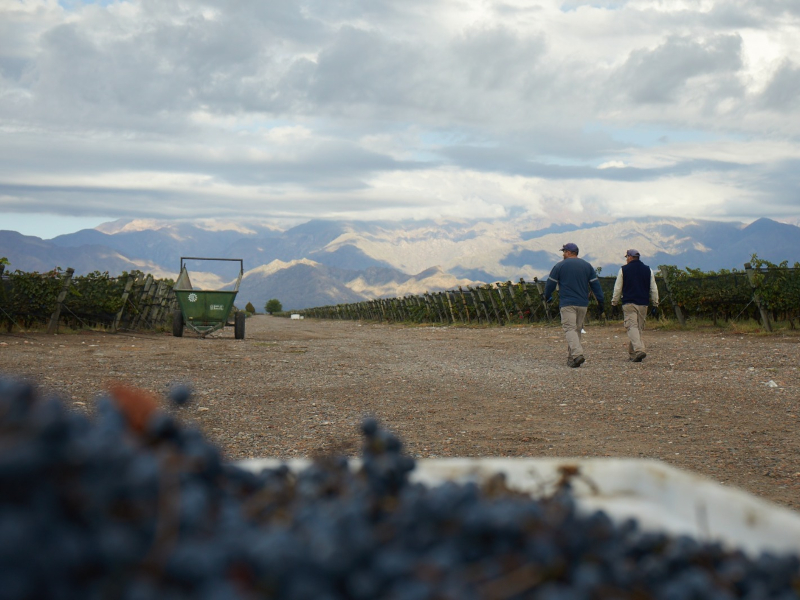
Coming from an environment in which women have always had prominent professional roles, and the fact that women are increasingly occupying more and more important positions, how do you see the role of women in the wine industry?
I think that women have always been in the business, the issue is that we didn’t have the visibility we do now. We’ve made an extraordinary leap but we’re still far behind. I applaud the evolution but I think we still have more work to do. Especially in the generation of equality of opportunity. In 2021 I took part in an internal mentorship program, “We’re better together” and had the honor of mentoring a colleague at VSPT Wine in Chile.
Over three months, we addressed different ways of facilitating development and leadership. It was very enriching for the both of us, I enjoyed it very much, it’s an excellent initiative in which women inspire each other. At La Celia we also took part this year in an internal mentorship and guidance program that is seeing excellent results.
There are also associations in the world of wine, in my case I’m a member of the CMPV (Club of Women Wine Professionals) where we help each other with professional issues. We number about 120 oenologists, agricultural engineers, and sommeliers and many of them are leading prestigious projects. Over time, women have been building our space and more and more of us, thanks to our effort and skill, are leading professional teams.
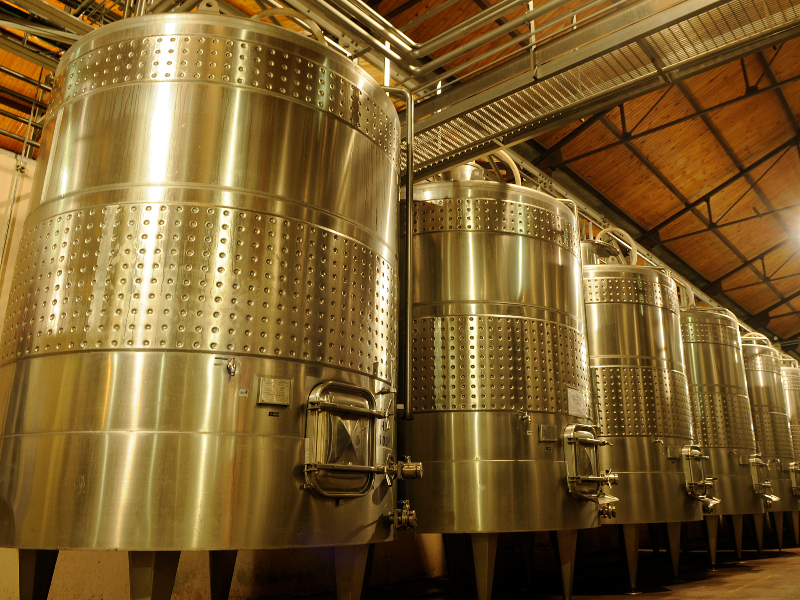
La Celia pioneered Malbec in the Uco Valley. A century on, what is the future for Malbec today?
I think it lies in geographic identity. We make wine differently than we did a hundred years ago. We can promote the grape in terms of geography and ripening windows. I emphasize that when we hold wine tastings: “We get this wine from this sector of the vineyard, this one from another, this area’s stonier, this area isn’t so much, here we harvested early, here later, it’s more floral here.” It’s much better than just saying, “Malbec from the Uco Valley”.
What are La Celia’s objectives for 2023?
This harvest was very difficult with low yields but it produced excellent quality. The fact that the 2023 turned up such excellent quality is an important step. I was very happy with the consistency. My goal is to maintain that and get all the products we’re launching this year onto the market. This isn’t a year for innovation or creation: it’s a conservative year.

